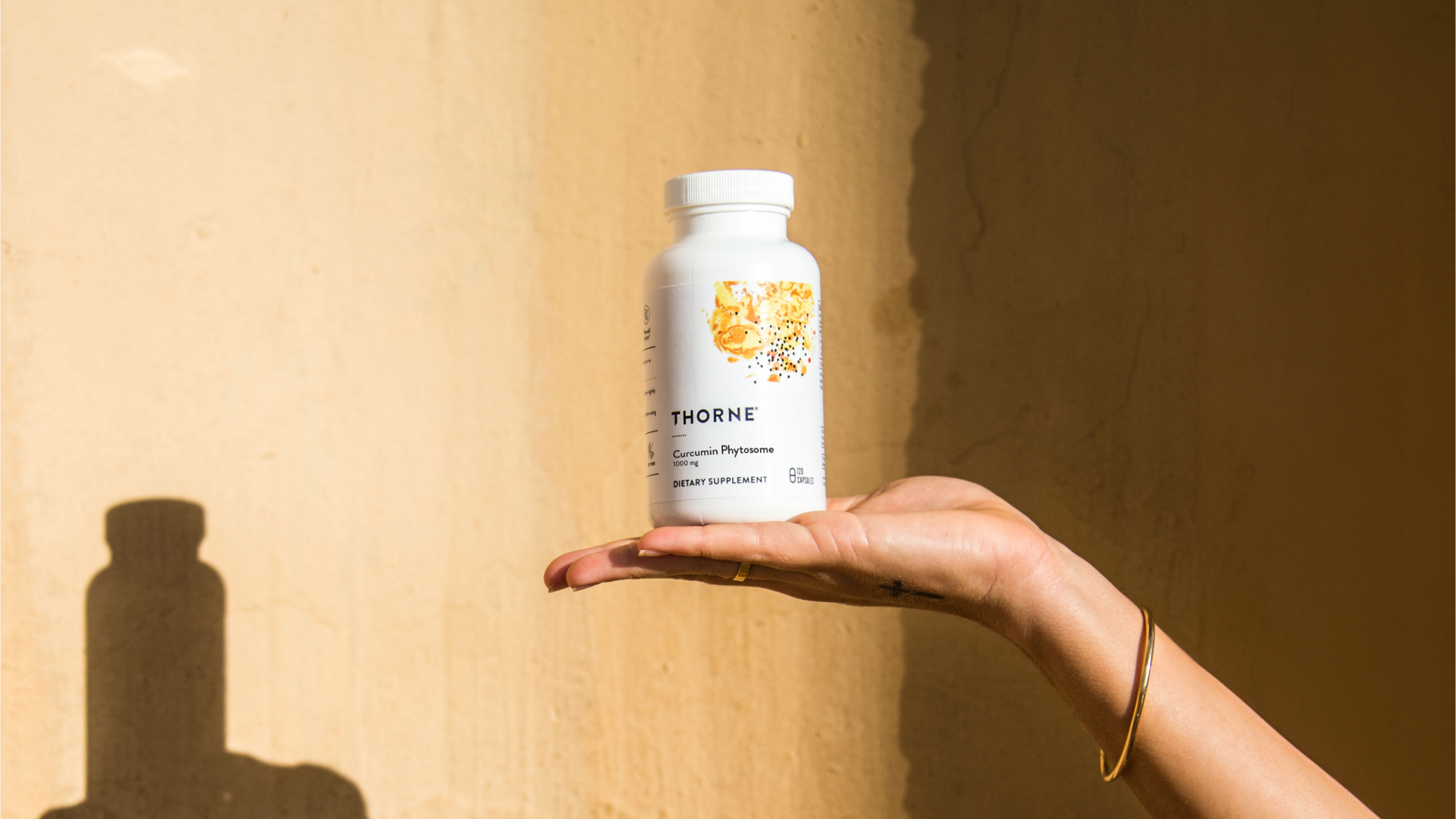There is a pantheon of well-known classical herbal products. From ancient Chinese formulations to the Ayurvedic doctor’s formulary, some combinations are as old as 3,000 years old. Even the patent medicines of the 1700 and 1800s utilize unique herbal combinations. In herbalism, there has always been an understanding that herbal formulas can be stronger than the sum of their parts. Granted, while the patent medicine craze of the 1800’s is a key player in the bias herbal products face today, some herbal formulations have absolutely stood the test of time. Chief among them, Triphala: a combination of three fruits, hence its name tri (three) and phala (fruits). It consists of equal parts of Amla (Emblica officinalis), Haritaki (Terminalia chebula), and Bibhitaki (Terminalia bellirica). Triphala is regarded as one of the oldest formalized Ayurvedic formulas, being codified in the Sushruta Samhita, a text believed to be written in 1000BCE1. Meanwhile, today it is currently one of the most purchased supplements in India and is slated to continue to grow its use worldwide 2, and with good reason!

Categorized as a rasayana, meaning a substance that supports longevity and restores vitality to all who consume it, it is no surprise then that its use was widespread across the Indian subcontinent. Traditionally, Triphala was considered the pillar of digestive health. It was used historically to support dental health, decrease stomach fire (which we call GERD today), stimulate appetite in the sick, and promote regular bowel movements. Beyond digestive health, Triphala was also employed as a paste to prevent infection and promote wound healing, to treat Madhumeha or honey urine, which scholars now know was diabetes3, and obesity.
Today, Triphala is still used much the same way; however, its uses have also expanded. It is now used in cancer therapy support.4 Researchers believe not only is the large antioxidant capabilities of triphala playing a role in managing the body’s ability to heal itself from oxidative damage, it also may inhibit angiogenesis required by neoplasms.5 It is currently thought that the chebulinic acid concentrated in Triphala extracts is responsible for this action. Additionally, its traditional use for dental health has been repeatedly put to the test. One randomized trial of 90 individuals using triphala powder as a mouthwash found those using the powder to have decreased gingival symptoms from baseline and was equal in efficacy to chlorhexidine.6 A randomized double-blind trial of 57 children also found similar effects. 7
As mentioned earlier, Triphala is considered one of the greatest all-around digestive support supplements available, and science is catching up to understanding why Triphala deserves this claim to fame. It is currently held that much of its effect come from the synergy of its antioxidants and phytochemicals including ascorbic acid, the flavonoids luteolin, rutin, and quercetin, as well as the activity of phenolic acids including gallic acid, chebulic acid, and ellagic acid.8 The overall antioxidant capacity serves to protect the digestive system from the normal high-oxidative processes that often, when imbalanced, cause a host of digestive concerns. Interestingly, another theory into Triphala’s ability to aid the digestive tract is through the interaction of quercetin, gallic acid, and chebulinic acid and their ability to modulate the intestinal flora to promote the growth of beneficial microbes. This is accomplished by being bactericidal to E. coli and other undesirable species, while the phenolic acids are readily metabolized by Bifidobacterium and Lactobacillus species into metabolites that promote their growth.9 This unique mechanism might explain Triphala’s far-reaching digestive uses given how conclusive the research is regarding the human microbiome and its role in overall digestive health and function. Finally, Triphala’s traditional use for reflux has also been examined and in this instance, one of Triphala’s ingredients was singled out. In a double-blind clinical trial of 68 patients with heartburn, Amla was found to reduce symptoms of heartburn in 50% of patients while placebo reduced symptoms by only 17%.10
An ancient formulation that has stood the test of time, Triphala is a safe and extremely useful herbal combination that truly deserves its accolades, which are simply too numerous to list. As modern science continues to both unravel its mechanisms of action as well as test its efficacy in well-designed human trials, it is likely that this supplement will be around, supporting human health, for millennia to come, just as it always has.
- Peterson, C. T., Denniston, K., & Chopra, D. (2017). Therapeutic Uses of Triphala in Ayurvedic Medicine. Journal of alternative and complementary medicine (New York, N.Y.), 23(8), 607–614.
- Transparency Market Media. Triphala Powder Market – Global Industry Analysis, Size, Share, Growth, Trends, and Forecast 2018 – 2026. Accessed 8/30/2021.
- Upadhyay VP, Kamla P. Ayurvedic approach to diabetes mellitus and its management by indigenous resources. In: Bajaj JS, editor. Diabetes Mellitus in developing countries. Interprint; New Delhi: 1984. pp. 375–7.
- Baliga M. S. (2010). Triphala, Ayurvedic formulation for treating and preventing cancer: a review. Journal of alternative and complementary medicine (New York, N.Y.), 16(12), 1301–1308.
- Lu, K., Chakroborty, D., Sarkar, C., Lu, T., Xie, Z., Liu, Z., & Basu, S. (2012). Triphala and its active constituent chebulinic acid are natural inhibitors of vascular endothelial growth factor-a mediated angiogenesis. PloS one, 7(8), e43934. https://doi.org/10.1371/journal.pone.0043934
- Pradeep, A. R., Suke, D. K., Martande, S. S., Singh, S. P., Nagpal, K., & Naik, S. B. (2016). Triphala, a New Herbal Mouthwash for the Treatment of Gingivitis: A Randomized Controlled Clinical Trial. Journal of periodontology, 87(11), 1352–1359.
- Bhattacharjee, R., Nekkanti, S., Kumar, N. G., Kapuria, K., Acharya, S., & Pentapati, K. C. (2015). Efficacy of triphala mouth rinse (aqueous extracts) on dental plaque and gingivitis in children. Journal of investigative and clinical dentistry, 6(3), 206–210.
- Tarasiuk, A., Mosińska, P., & Fichna, J. (2018). Triphala: current applications and new perspectives on the treatment of functional gastrointestinal disorders. Chinese medicine, 13, 39.
- Peterson, C. T., Denniston, K., & Chopra, D. (2017). Therapeutic Uses of Triphala in Ayurvedic Medicine. Journal of alternative and complementary medicine (New York, N.Y.), 23(8), 607–614.
- Karkon Varnosfaderani, S., Hashem-Dabaghian, F., Amin, G., Bozorgi, M., Heydarirad, G., Nazem, E., Nasiri Toosi, M., & Mosavat, S. H. (2018). Efficacy and safety of Amla (Phyllanthus emblica L.) in non-erosive reflux disease: a double-blind, randomized, placebo-controlled clinical trial. Journal of integrative medicine, 16(2), 126–131.
Share:
Related Posts

DUTCH Test Enhancements
People take supplements to improve or optimize their health. So what happens when you look at the label, and the ingredient list is filled with

Benefits of Doing Nothing: The Default Mode Network
Quicksilver Scientific Education Team April 20, 2024 Beneath the surface of our daily actions lies a stream of spontaneous thoughts, memories, and emotions. Often, we

Thorne Celebrates 40 Years of Good Health
Maggie Chandler April 12, 2024 As it’s often said at Thorne, healthy ageing is a gift. It’s about embracing the way you feel, your experiences,

Healthy Coffee Alternatives: When to Quit Coffee & What to Drink Instead
Dr Thomas Wnorowski February 16, 2024 Key Points: Does the idea of quitting coffee make you feel all sorts of (terrible) things? It’s common. But

How Your Social Network Impacts Your Mental Health
Austin Ruff April 17, 2024 Humans are inherently social creatures. It’s in our nature to connect and want to be connected to the people around


